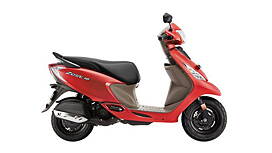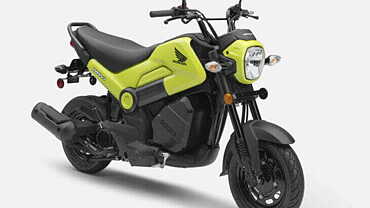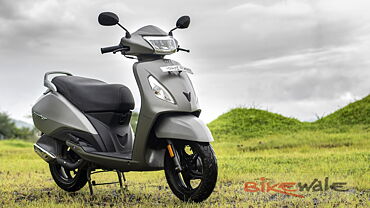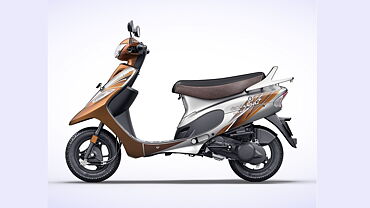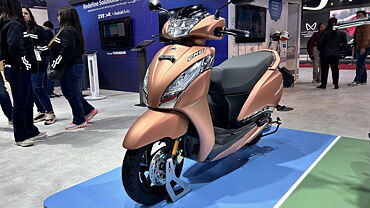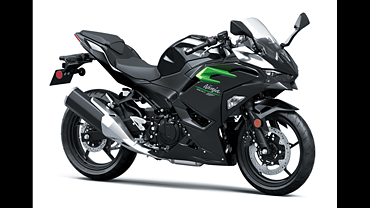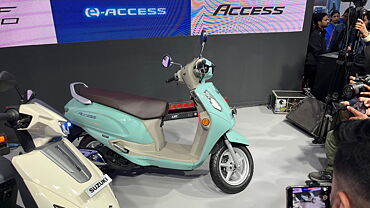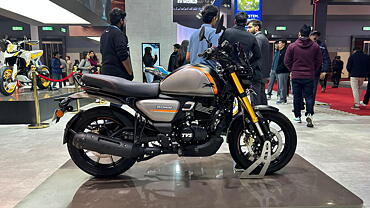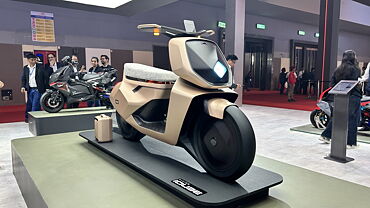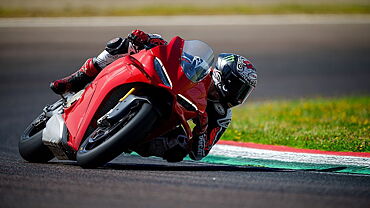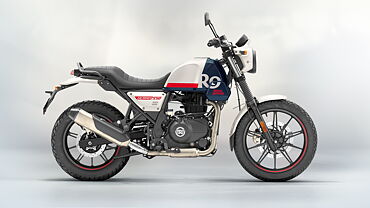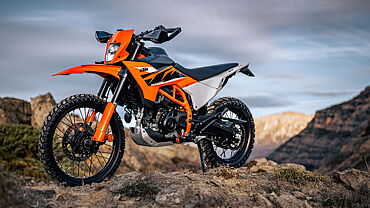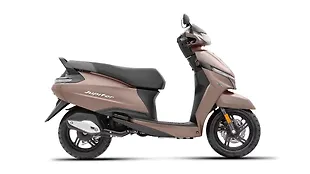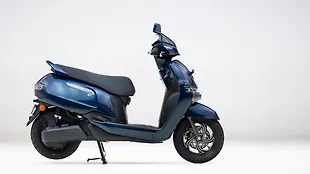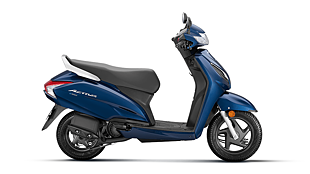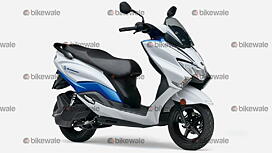
The healthy monsoon has brought some respite for the Indian automotive industry with July being one of the best months for the two-wheeler manufacturers in this year. While the top sellers have cemented their position on the sales chart, there have been a few surprises when it comes to the biggest gainers and losers. Here is BikeWale’s list of the top scooters who took full advantage of the opportunities in July and the ones who missed the bus.
Winners
TVS Scooty Zest

Bouncing back from the steadily declining sales over the past few months, the TVS Scooty Zest registered a massive 193 per cent growth in July. This jump can be attributed to the launch of a new special edition variant and the widespread promotion of the Scooty Zest. This special edition was a commemoration of the Scooty Zest becoming the first 110cc scooter to scale the Khardung La mountain pass at the hands of a female rider, which seems to have improved the image of the scooter in the eyes of the audience. TVS sold 6,265 units of the Scooty Zest in July as opposed to 2,138 units in June.
Honda Navi
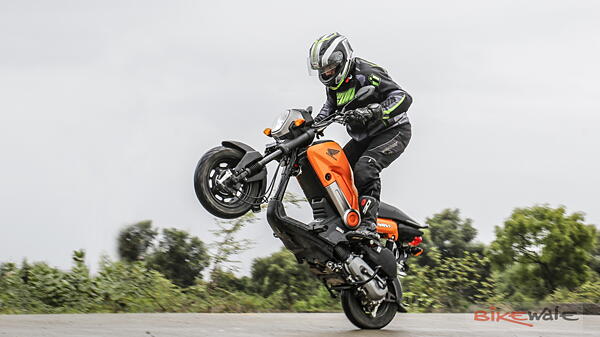
The Honda Navi might have started out as an experiment, but the way the Indian audience has responded to it is quite surprising. Sales of the Navi skyrocketed from 4,780 units in June to 11,644 units in July, translating into a 143 per cent increase. This jump in demand has also led to Honda doubling the production capacity of the Navi, from 50,000 units a year to 1 lakh units. This should also help Honda reduce the waiting period for this offbeat little scooter. Besides, Honda is also planning to launch a new customisation kit for the Navi around the festive season, so expect the scooter to return to this list soon.
TVS Scooty Pep+
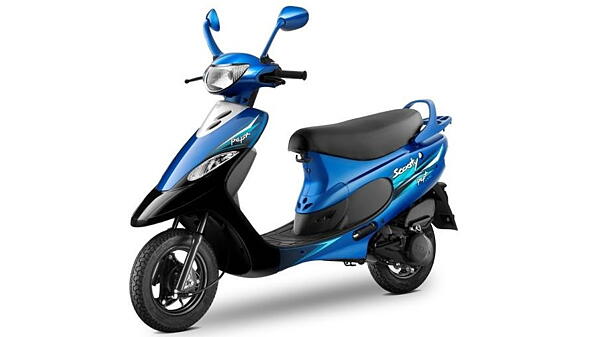
The TVS Scooty Pep+ has also surprised us with its 65 per cent increase in sales, as numbers jumped from 4,313 units to 7,138 units. The increase can be attributed to the recent facelift, which added a slew of features including mobile charging port, side stand alarm and underseat storage hooks. Now available in 11 funky paint schemes, the Scooty Pep+ seems to have struck the right chord with its target audience.
Losers
TVS Wego
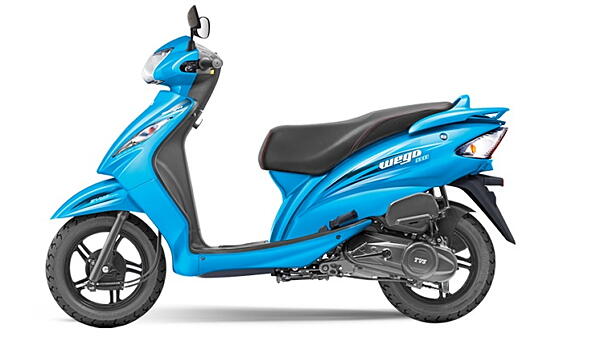
While the TVS Scooty Zest and the Pep+ have had a good month, the same cannot be said about the company’s premium offering, the Wego. Sales of the Wego decreased from 7,209 units in June to 4,744 in July, translating into a drop of 34 per cent. The mediocre sales had led to the company discontinuing a few variants of the Wego, and it is now available in a single variant. The popularity of the Jupiter has led to cannibalism within the brand as customers tend to settle down for the Jupiter instead of spending extra money on the Wego. The Wego does get a few additional features like a digital console and syncing brake system (SBS) over the Juptier, though this has failed to lure the audience.
Suzuki Swish

The story of cannibalism within a brand can also be noticed in Suzuki’s case. Sales of the Suzuki Access have always been significantly higher than that of the Swish, and the recent update for the former has made things worse for its sibling. Sales of the Swish plunged by 34 per cent, dropping from 503 units in June to 333 units in July. It has been more than a year since the male-centric Swish received any form of update, which is something the Indian audience doesn’t take in very well.
Suzuki Let’s
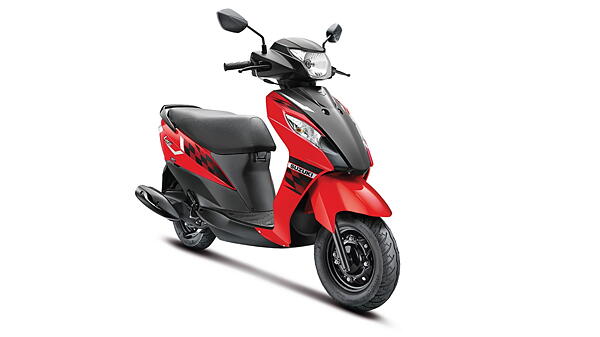
The Let’s might have played an important role in Suzuki’s revival in India, but off late the 112cc scooter’s performance has been far from encouraging. July saw the Let’s sales drop below the 1,000 mark for the second time this year as the scooter registered a 32 per cent drop in demand. Stiff competition from its rivals - the TVS Scooty Zest (which incidentally registered the highest growth among scooters) and the Honda Activa-i along with the lack of any major cosmetic updates in over a year can be blamed for this drop in sales.

